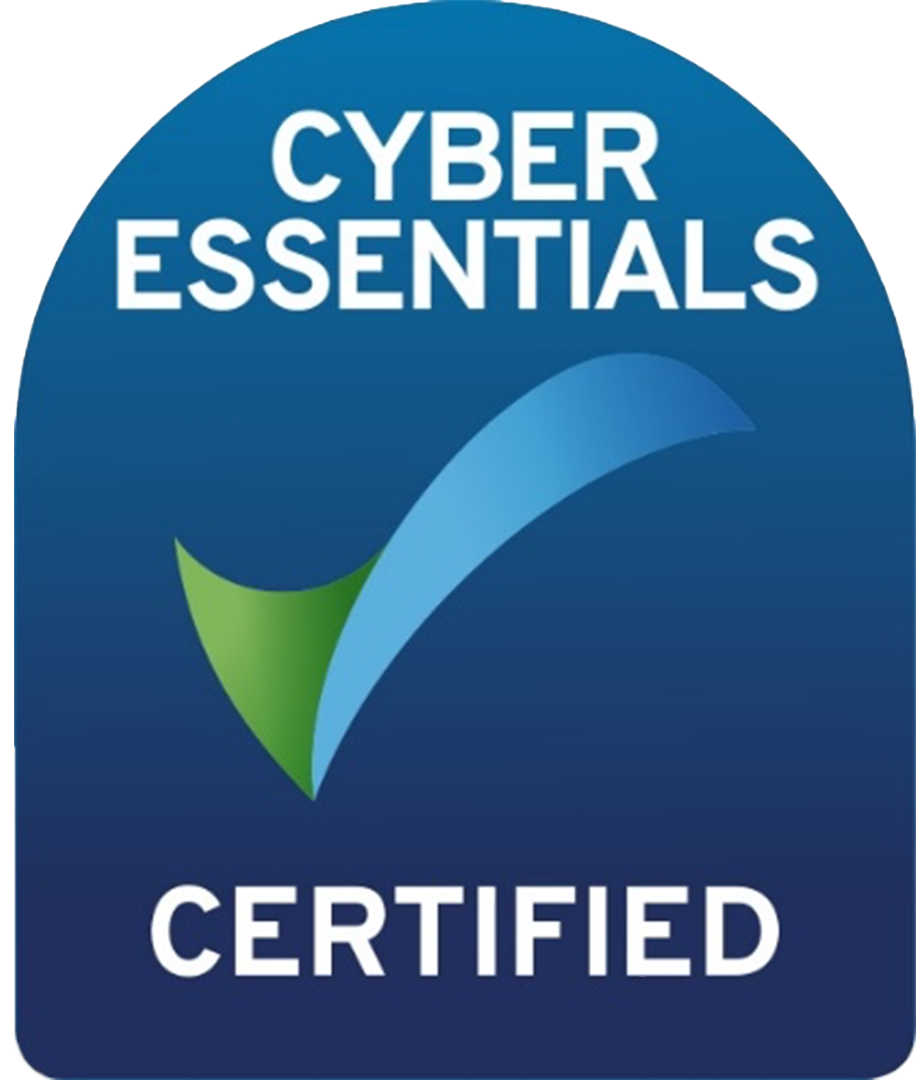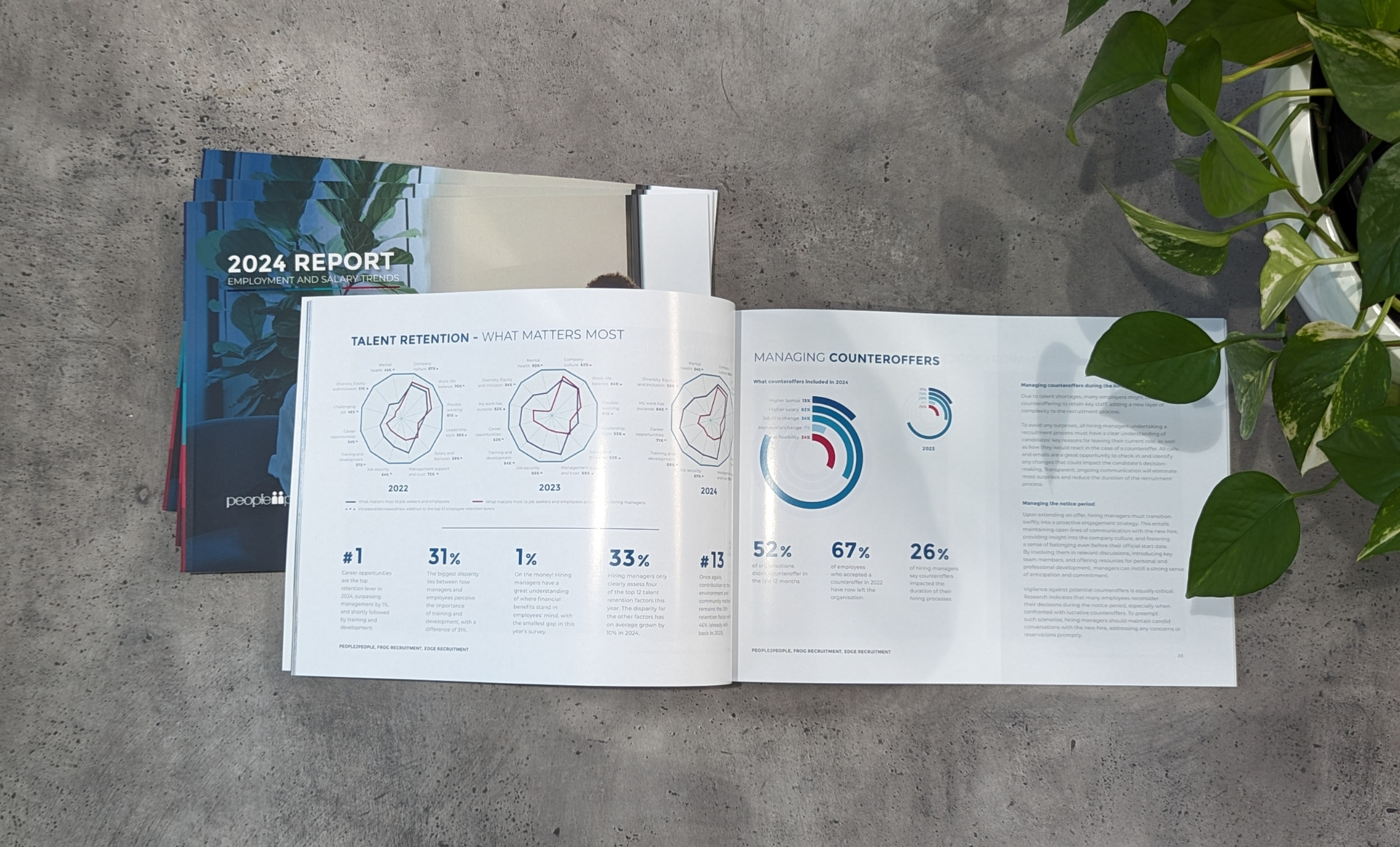When hiring managers engage with people2people HR Solutions to discuss outsourcing solutions, the one question I always ask is “what visibility do you have of your contingent workforce? Do you know how many contingent workers you have?”… Quite often, the answer is "No."
The demand for contingent workers continues to rise in Australia. By 2020, it is predicted that 25% of the nation’s workforce will be contingent. While that’s a far cry from the USA, with up to 40% of their workforce being contingent, it is a 15% growth in 8 years. So, it’s quite possible that by 2028, the Australian workforce could be contingent as much as 50%, possibly even more.
Studies show that Australians are embracing flexible work. People want to have more control over the hours they work and for whom they work. For this reason, contingent employment has become a much more viable option over recent years, with advantages to both employers and employees.
According to Staffing Industry Analysts (SIA), companies across all regions have reported 22% of their workforce are contingent staff. ‘Contingent’, has over time, transitioned from being the quick fix temp cover, to part of business’ strategic HR & Recruitment plans.
What does this mean for businesses expanding their contingent workforce?
The advantages of a contingent workforce is not only the flexibility it provides. Hiring contingent workers has often been a way for companies to reduce costs and mitigate risks. It has also been a way for businesses to hire above their headcount allowances, to increase business productivity during busy times.
While all of this is true, the laws that surround contingent workforces are forever changing, and something that HR Leaders believe their organisations often, do not fully understand.
Going back to my initial question around visibility of contingent workforces, quite often-contingent workers fall ‘into the dark’. Companies adopt the same approach to their contingent workforce as they did 10 years ago, which has a counterproductive effect and actually exposes your business to more risk.
That’s not to say that every organisation falls into this situation, nor is it a bad thing that you haven’t thought about this before. The contingent market has expanded exponentially; the important thing is that you take the right steps now to protect your business.
Unfortunately, it’s usually when something does go wrong that it sets the wheels (and panic stations) into motion.
If you have started thinking about your contingent workforce while reading this, a few questions to start with are:
- How many casuals/ temporary employees do we employee? (typically through your agency partners)
- Across how many suppliers are they employed? How many different types of contracts are in place with your casuals? Have you seen the contracts in place? Are they really casual employees under the eyes of the law? Is your business exposed to unfair dismissal claims or annual leave payouts?
- How have you managed your supplier’s quality assurance protocols? Have they conducted pre-employment checks? Does your casual workforce have eligibility to work in the country? What about police checks?
- How many sole traders, sub contractors, freelancers do we have? Do they all have individual contracts? Have you checked they have the appropriate insurances? Who covers them if they have an accident?
So what is CMO and how can this benefit my business?
Contractor Management Outsourcing (CMO) is the act of outsourcing the management of your contingent workforce to one supplier.
A CMO does not recruit, meaning the business can engage with casuals directly, through referrals, or via various recruitment partners. Once talent is sourced, the CMO takes over and initiates the contractual discussions and set up of the employee or sub-contractor. The CMO’s client is responsible for the relationship between its suppliers and the company, and the CMO manages the relationship between the contingent worker and business. The CMO can also manage payments to the business’ agency partners, while the business can enjoy the benefits of one supplier invoice for its entire contingent workforce.
Aside from the simplicity of a streamlined process, the benefits of a CMO include a reduction in costs and administration times, better visibility of your contingent workforce and peace of mind knowing that all contracts are conform to statutory requirements.
The future of CMO
Strategic models like CMO were created to keep up with the expanding contingent market. I think we are going to see more and more changes over the years to come as our contingent workforce edges closer to the 50% prediction.
While strategic models like CMO, RPO & MSP will still traditionally exist, I think we will see more and more hybrid models as hiring managers and their organisations’ needs expand.
If this article has you thinking about how many contingent workers you have, then it may be time to discuss your options with us. We look forward to hearing from you.
Share this article
Useful links
Search for jobs today
Temp Jobs in United Kingdom
Perm Jobs in United Kingdom
Got a vacancy?
What's happening in the market?
Get your copy of the 2024 United Kingdom Employment and Salary Trends Report
How do I prepare for my job interview?
Get in touch
Find out more by contacting one of our specialisat recruitment consultants across Australia, New Zealand, and the United Kingdom.
Recent insights



UK's 2024 Employment and Salary Trends Report
Salary trends, talent attraction and retention strategies
Copyright © 2024, people2people
people2people partners with
CarbonInvoice to measure and mitigate any carbon emissions associated with the work we do.
Specialisations
Locations
Resources




